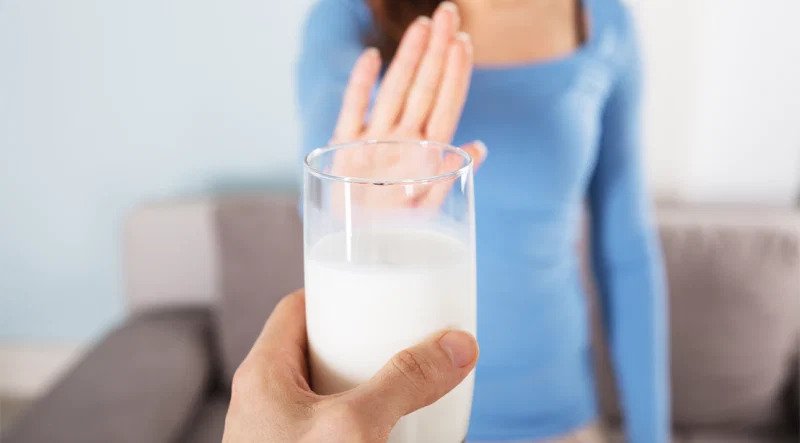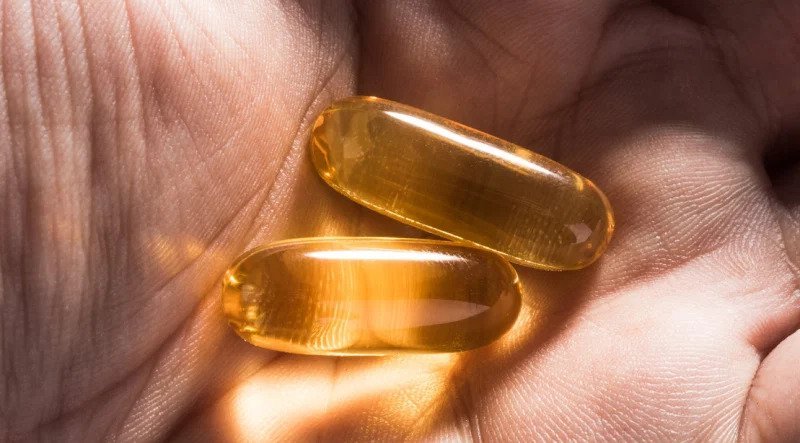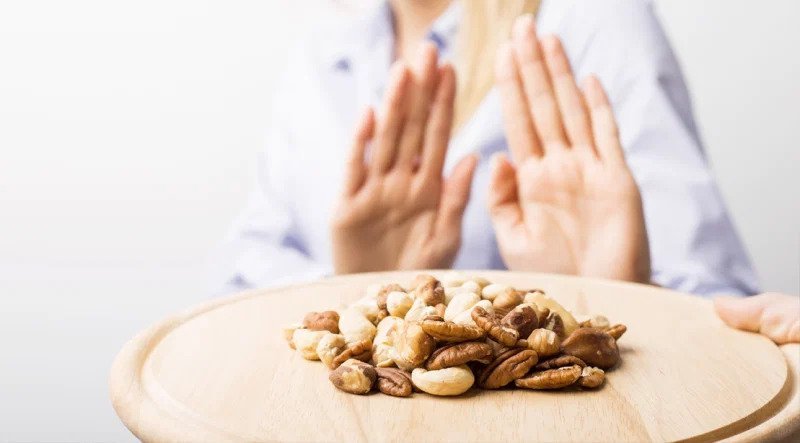Summer may be over, but abs never go out of style. You’re lean, but you’re not ripped. Don’t panic. You’re not doomed to a life of soft abs. Just when you thought there was nothing else you could do, you’ve stumbled upon this page.
If your chicken-and-broccoli game is strong, you eat every three to four hours like clockwork, and protein powder has become your fifth food group, but you’re still not seeing the results you want, you may be asking yourself, “Why?”
Here are 10 next-level hacks that will systematically eliminate the remainder of your physique-obscuring fat.
Hydrate With Precision:
Since your body is made out of water and stuff, it’s probably a bad idea to go too low on it. And going too high can lead to mineral imbalances. Staying hydrated is critical for general health as well as many specific metabolic processes. Here’s a great formula to help you optimise your water intake:

Take your body weight and multiply it by 0.66. That is the minimum number of ounces of water you should be drinking daily. For a 200-pound athlete, that means 132 ounces a day, from wake-up until bedtime.
Be sure that the water you drink is just water. No sweeteners or flavors, even if they are ‘natural.’ Clear water only! This is to ensure that your body doesn’t have any unfavourable swelling or water retention.
Eat Coconut Oil:
Coconut oil contains medium-chain triglycerides [MCTs]. Unlike most fats, MCTs can be used as an immediate energy source, just like carbohydrates, but they induce none of the blood sugar disturbances that are so common with carbs. Furthermore, coconut oil has a unique appetite-regulating effect, making it a veritable gem for the dedicated dieter.

So what should you be shooting for each day? Well, it’s not a coconut’s worth of the stuff. Use 1 tablespoon per 100 pounds of body weight on all low-carb days (see No. 4), with up to 2 tablespoons on higher-carb days.
Eliminate Dairy:
In your quest to eliminate body fat, you shouldn’t seek to cut out carbs, water, and fat, but you may want to consider eliminating dairy. Sorry, whey-protein lovers, dairy is not all it’s cracked up to be. I have found time and time again that the regular intake of dairy products hinders fat loss.

Debate exists on the pros and cons of dairy, but not every solution can be easily (or universally) applied to the masses, which allows for a heavier reliance on the preponderance of evidence. Here’s the bottom line: People who eliminate dairy from their diets get leaner. If you want to lose that last bit of fat, lose the dairy.
Cycle Carbs:
It’s impossible to overstate the importance of carbohydrates when it comes to fat loss, but they are typically the most mismanaged of the macro-nutrients. You can’t just “cut them” and expect your midsection to shrink.

Carbs are a double-edged sword. A low-carb diet allows for the greatest fat burning, but if it is used too long or too aggressively, it leads to muscle loss and metabolic slowdown. On the other hand, a high-carb diet prevents fat burning, but it is essential for maintaining muscle mass and metabolism.
Live in the burn zone between both practices by carb cycling. I suggest three low-carb days (100 grams or less), followed by a single high-carb day (2 to 2.5 grams per pound of body weight).
Measure Your Food:
How do you manage your macros? Chances are, you have gone protein-heavy, low-carb, with minimal fat. But generality must eventually give way to specificity if you’re serious about getting peeled.

The journey to getting ripped can start with simply improving food quality and cutting out some cheat meals. But after the initial fat loss, precise portions become essential. The final phase of fat loss is not the time to rely on eyeballing your portion sizes—save that for your future maintenance phase.
For now, meet your new best friends: a food scale, a set of measuring cups, and some measuring spoons. These tools will keep you honest.
Take Fish Oil:
So what else can you do to augment your fat-fighting efforts? Get fishy, that’s what. Fish oil helps encourage fat loss in several ways. First, it improves insulin sensitivity. This allows the muscles to shuttle in glucose more efficiently. More glucose in your muscles means less glucose available to be stored in your fat cells.

Second, fish oil is a powerful anti-inflammatory. Less inflammation equals less cortisol. Less cortisol equals less muscle breakdown. And, perhaps best of all, less cortisol means that more stored body fat will be broken down and burned as fuel.
The most efficacious dose of fish oil is 1 gram per 25 pounds of body weight per day. That’s 8 grams per day for a 200-pound, spread out over three to four doses throughout the day with food. Be sure to get a fish oil that is molecularity distilled and free from heavy metals.
Increase Meal Frequency:
It’s inevitable—as you become increasingly desperate to lean down, everything sounds like a good idea. Science is good,but where meal frequency is concerned, it may behove you to opt for a more established protocol.

Just about every expert these days is touting intermittent-fasting protocols, replacing meals with so-called bulletproof coffee, or some minimalist approach to eating. I appreciate the sentiment behind these methods, but I appreciate great results even more.
That’s why I like to use the same time-tested meal-frequency protocol that is employed by the leanest people on the planet. For decades now, bodybuilders, physique competitors, and elite athletes have discovered that eating five to six meals per day yields the best results for improving body composition.
Stop Eating Nuts:
Nuts are delicious and convenient. Add that to the fact that many of them pack a powerful nutrient profile, and it’s no wonder why they have become many dieters’ go-to snack.

Sounds great, right? We agree. But do you ever really just have a “small handful” of cashews or a “single tablespoon” of almond butter? The majority of dieters overeat both nuts and nut butters. And since nuts are so caloric dense, overindulging in them can quickly put the brakes on your fat-loss efforts. See No. 5. Simply rely on carefully measured oils—such as coconut or olive—for your healthy fats.
Eat Up:
Any true bodybuilder will tell you that one of the hardest lessons learned resulted when his or her efforts came to a screeching halt a few days before a show. Why? Stress. Deprivation of calories, carbs, and water sends your body into survival mode, where the prevalence of the stress hormone cortisol forces your body to preserve water and fat.

Dieting can slow down your metabolic rate, decrease thyroid function, and burn up hard-earned lean muscle mass. Increase your clean-calorie consumption by 20% to 25% for three to five days. This three- to five-day re-feed will fill your muscle glycogen stores, re-balance critical fat-burning hormones, and give you a nice mental break from the rigours of dieting.
The key here is to stick with clean calories, with an emphasis on clean carbohydrates.
Rethink Caffeine Consumption:
Caffeine is likely the most reputable fat burner on the market. Studies demonstrate the ability of caffeine to mobilise stored body fat. However, caffeine’s fat-burning ability exists primarily in non caffeine users. If you don’t use caffeine on a regular basis, it can have a nice fat-burning effect.

On the other hand, if you do use caffeine on a regular basis, taking more can actually cause the opposite effect. You see, by using caffeine routinely, you compromise your adrenals, which play a huge role in the natural fat-burning process.
Well, that sucks, said every coffee-loving human reading this. So here’s the plan. If you don’t use caffeine regularly, this is the time to strategically incorporate it into your fat-loss protocol. For four weeks, take 200 milligrams per day. (Start with 100 milligrams and build up based on tolerance.) This dose should be taken on an empty stomach, before training or cardio.

